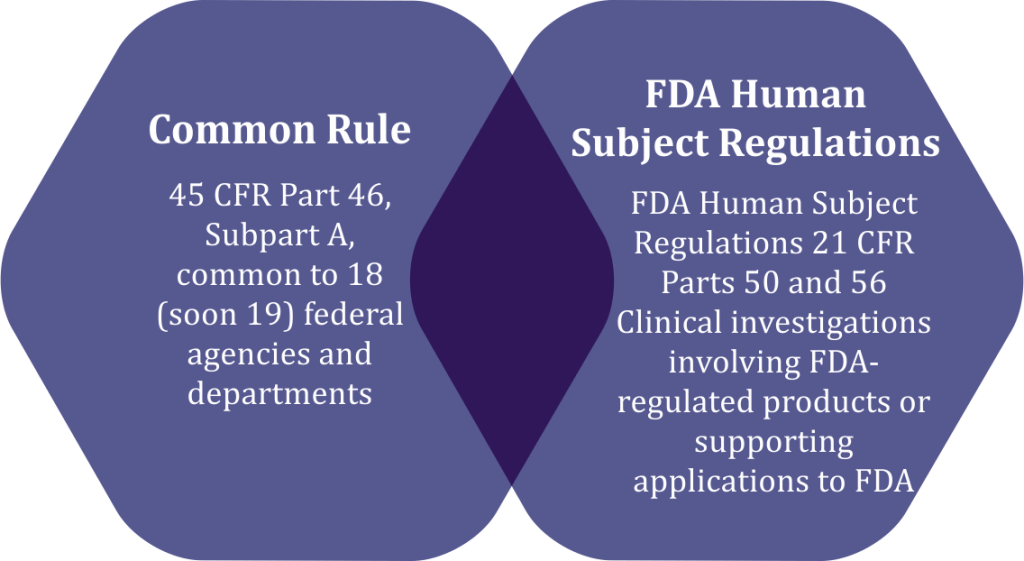COVID-19 Pandemic: An opportunity in digital transformation for research teams
COVID-19 has significantly impacted research study operations, particularly in the realm of IRB meetings and processes. The pandemic necessitated a rapid shift to virtual meetings using platforms like Zoom and Google Meet. While digital technologies provided flexibility for remote work and virtual subject enrollment, studies requiring physical presence faced challenges. Key Solutions offers recommendations and best practices to navigate these changes, including provisions for virtual visits, remote monitoring, and protocol flexibility.
COVID-19 Pandemic: An opportunity in digital transformation for research teams Read More »
eRA, IRB







